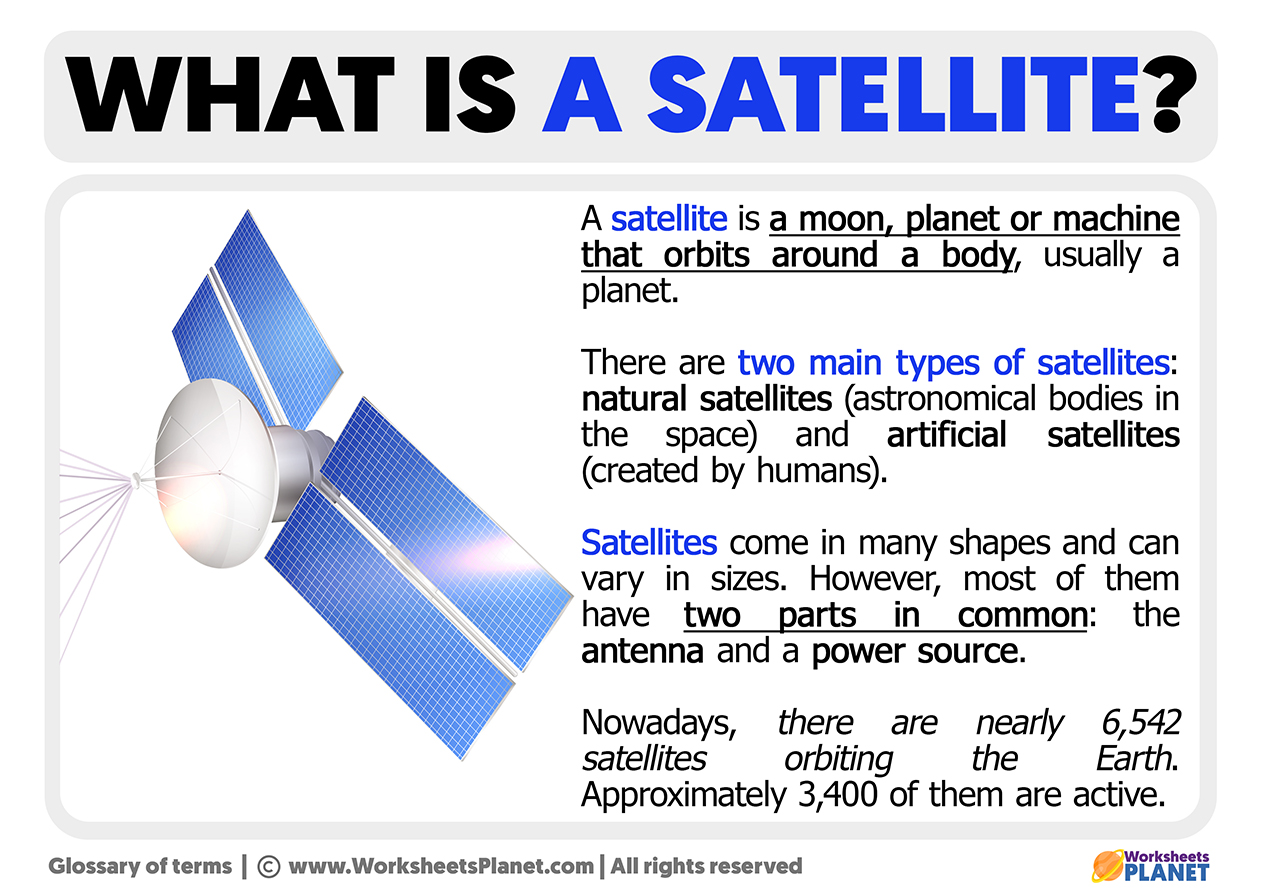Satellites are planets or machines that orbit around another body. There are two main types of satellites: natural satelites and artificial sattelites. Artificial satellites are examples of the continuous advancement of technology and scientific research.

Artificial satellites devices have a variety of functions, some of them are the following:
- Capturing electrical waves from television stations.
- Remotely measuring the availability of terrestrial resources.
- Predicting rainfall and climatic phenomena.
- Sending exclusive photos from space.
The construction of a satellite can take from 2 to 4 years. Scientific satellites that travel beyond Earth orbit can take twice as long, between 8 and 10 years, due to the complexity of their missions and the technology necessary to achieve the desired results during their development.
On average, artificial satellites’ useful life is set between 3 and 7 years. The skills of those who operate them can give additional years to the mission. In the case of most satellites whose thrusters stop working, the most likely fate is to be pulled in by Earth’s gravity and catch fire upon re-entering the atmosphere. However, the further they are from our blue planet, the longer it will take them to reach Earth’s gas layer, which can take years.

